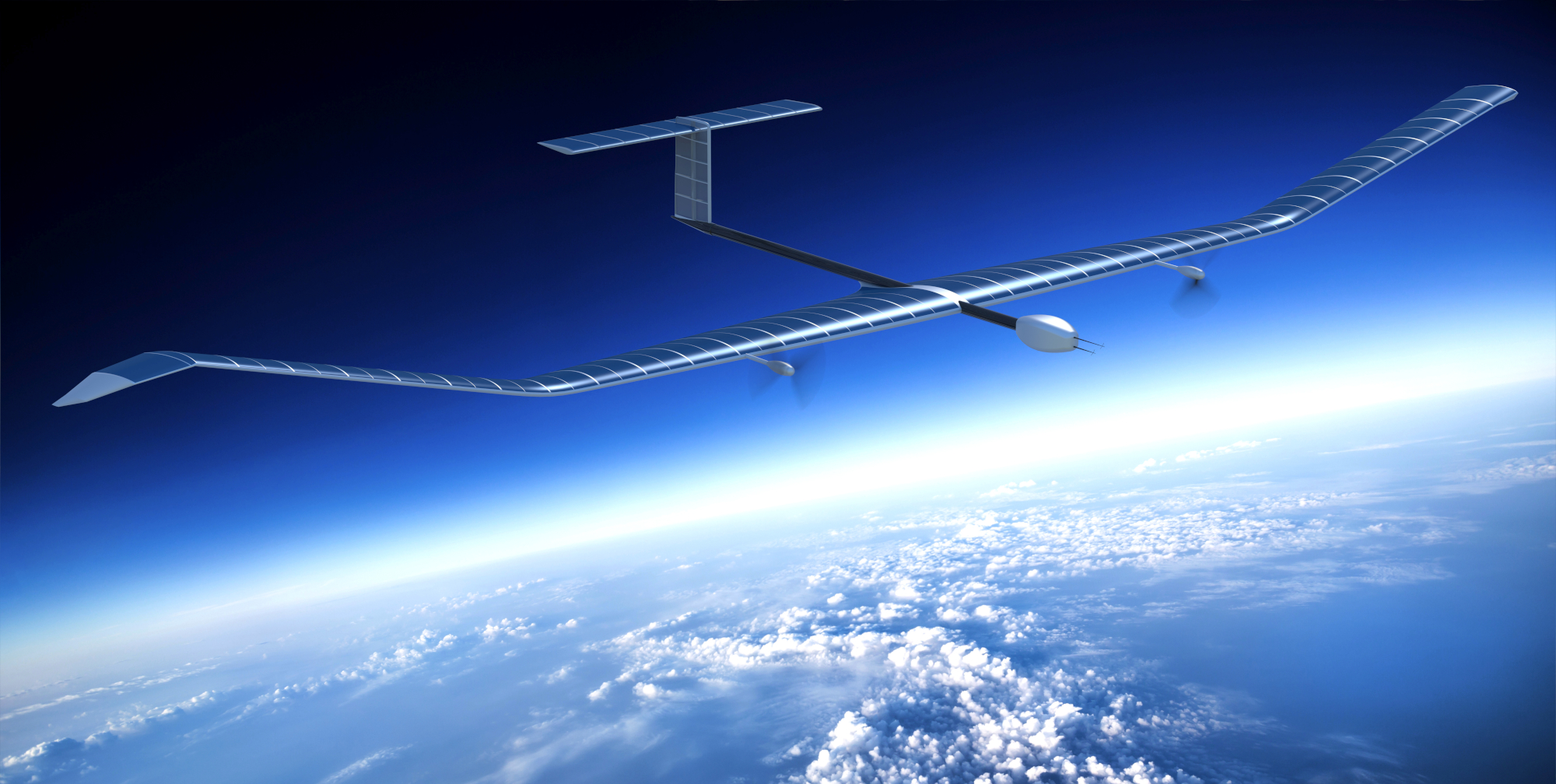Airbus’ high-flying drone has crashed in the desert just hours before setting a record for the longest flight ever recorded by an aircraft.
The Zephyr solar-powered drone has crashed over the Arizona desert after a long-distance flight of 64 days. On tracking websites, the glider’s route suddenly became invisible on Friday 19 August and did not reappear as it usually does. According to the US magazine Simple Flying, the data shows a vertical rate of descent increasing rapidly and racing to the ground at speeds of up to 83 kilometres per hour.
An Airbus Defense representative reportedly confirmed the loss to Simple Flying, but did not speak of a crash. According to the statement, there were “circumstances that ended its current flight”. No persons were harmed.
The Zephyr took off from a US military site in Arizona on 15 June. Under the auspices of the Army, the drone was to undergo tests of endurance, propulsion technology and satellite communications in the stratosphere under the call sign ZULU82. Other military units are involved in the flights, including intelligence, surveillance and reconnaissance divisions and various combat commands.
The solar glider consists of a skeletal fuselage made of lightweight carbon fibre composites. The wings, with a wingspan of 25 metres, are made of solar cells. Flights take place at altitudes above 15 kilometres above atmospheric weather and conventional air traffic. The model now being tested is called the Zephyr 8 by Airbus and is considered the latest in its class.
In total, the Zephyr 8 weighs around 75 kilograms. Around a third of this is accounted for by the batteries, which are charged during daylight hours for night flight. Airbus lists a payload of five kilograms, which includes high-resolution cameras, radar, lidar and infrared technologies or hyperspectral sensors.
The Zephyr spent most of its flight time in the southwestern United States. Six weeks ago, the drone made a detour over the Mexican Gulf to Belize, gaining its first experience in international airspace and over water. The aircraft repeatedly inscribed words such as “Hello” or “Army” along its route, with flight movements the pilots also drew easily recognisable symbols such as a hand.
Despite the crash, the Zephyr set several records. It far surpassed its own long-range flight 26 days from 2018. The drone was just hours away from also breaking the 63-year record for the longest flight ever recorded by an aircraft. It is held by two pilots who were flying a Cessna 172 Skyhawk at the time.
According to Airbus, the Zephyr could be used in the military for surveillance and reconnaissance purposes or to intercept enemy communications. In the civilian sector, the glider could circle over “smart cities” or be used for environmental monitoring. Flights could also be used for border surveillance. There is also talk of using it as a flying internet node. In addition, the Zephyr should be able to transmit signals between other aircraft and ground stations as a relay station.
The Zephyr belongs to the class of so-called high-altitude pseudo-satellites (HAPS), which can also be microsatellites or airships, such as those being developed by the French defence company Thales with its Stratobus. In addition to the military, the EU border agency Frontex is also investigating possibilities for the use of HAPS systems.
In the coming weeks, a second flight of a Zephyr over the Pacific Ocean should take place together with the US military, but it is unclear whether this will take place.
Image: The Zephyr (Airbus).





Leave a Reply